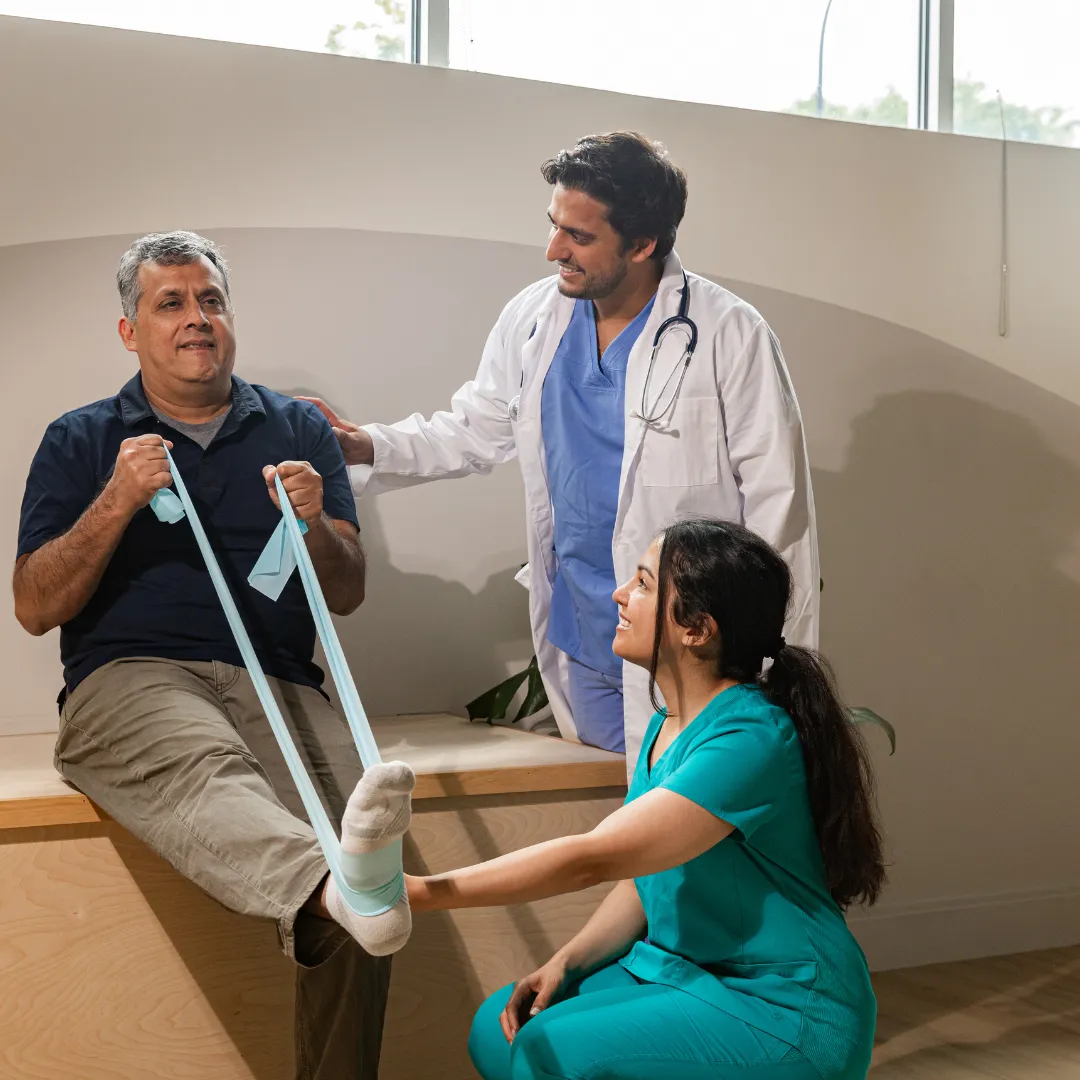
Benefits of physiotherapy after stroke
Stroke Recovery & Physiotherapy: What You Need to Know
Why Stroke Recovery and Physiotherapy Matter
Having a stroke can change a person’s life in many ways. It may affect how they move, speak, or take care of themselves. That’s where physiotherapy comes in.
Here’s what you need to know:
A stroke happens when blood flow to the brain is blocked or reduced.
This can lead to problems with movement, balance, and daily tasks.
Physiotherapy is a type of treatment that helps people move better and regain strength after a stroke.
Many people wonder: Does physiotherapy really help?
This blog will explain the facts about stroke recovery and how physiotherapy can make a difference.
Does Physiotherapy Help After a Stroke?
After a stroke, many people wonder if physiotherapy really makes a difference. Here’s what the research shows, explained simply:
Physiotherapy can help stroke survivors recover better.
People who take part in rehabilitation often improve more than those who don’t.
Even if the results seem small in studies, it can still make a big difference for the person such as:
Being able to live at home instead of in a care home.
Regaining the ability to do daily tasks like walking or dressing.
Studies suggest that doing some therapy is better than none at all.
Physiotherapy after a stroke gives people a better chance to regain movement, independence, and quality of life.

Why Starting Physiotherapy Early Is Important
When it comes to stroke recovery, timing really matters. Studies show that beginning physiotherapy early can lead to better results.
Here’s why starting early helps:
The brain is most ready to heal during the first few weeks after a stroke.
People who begin therapy soon after their stroke often recover faster and better.
Most progress happens within the first three months.
Starting therapy early may help:
Improve movement
Prevent muscles from getting stiff
Boost confidence and mood
Even though the biggest improvements often happen early, continuing therapy later can still help to maintain progress and avoid setbacks.
Does the Type of Physiotherapy Matter?
Many people wonder if one type of physiotherapy works better than others. Studies have looked at this, and here’s what they found:
There are many types of physiotherapy methods for stroke recovery.
No single method has been proven to be the best for everyone.
The most important thing is to receive some kind of therapy, this is better than doing nothing.
All methods seem to help improve:
Movement
Balance
Ability to do daily tasks
Instead of focusing too much on the “type” of therapy, it’s better to:
Start therapy early
Stay consistent with exercises
Work with a qualified therapist
Any safe and suitable physiotherapy can help. What matters most is getting started and sticking with it.
What Are the Challenges in Stroke Recovery Research?
Even though physiotherapy helps, research on stroke recovery is not always easy to understand. Here’s why:
Different studies use different methods, making it hard to compare results.
Some studies focus on hospital care, while others focus on home-based therapy.
The amount of therapy, when it starts, and how long it lasts also varies in each study.
Some studies don’t include enough people, which makes the results less clear.
There isn’t enough research yet to say which therapy works best for specific people.
What does this mean for you?
Don’t wait for “perfect” answers, therapy still helps!
Focus on starting therapy early and keeping it consistent.
More research is still needed to better understand which therapy works best for different situation.
Every Step Counts in Stroke Recovery
Recovering from a stroke takes time, patience, and support. While there’s no single “best” therapy for everyone, one thing is clear:
Doing some physiotherapy is better than doing none at all.
Starting therapy early gives the best chance for improvement.
Consistent therapy helps people regain movement and independence.
If you or someone you care about has had a stroke:
Talk to a doctor or therapist about starting physiotherapy.
Focus on therapies that are available, affordable, and easy to continue.
Remember, even small progress can make a big difference in daily life.
Recovering from a stroke is not easy, but physiotherapy can really help. Starting therapy early and continuing it regularly gives the best chance for a better recovery.
Remember:
· Any safe therapy is better than none.
· Small steps can lead to big improvements over time.
We’d love to hear from you!
Have you or a loved one tried physiotherapy after a stroke?
Share your story or tips in the comments below.
If you found this post helpful, please share it with others who might benefit!